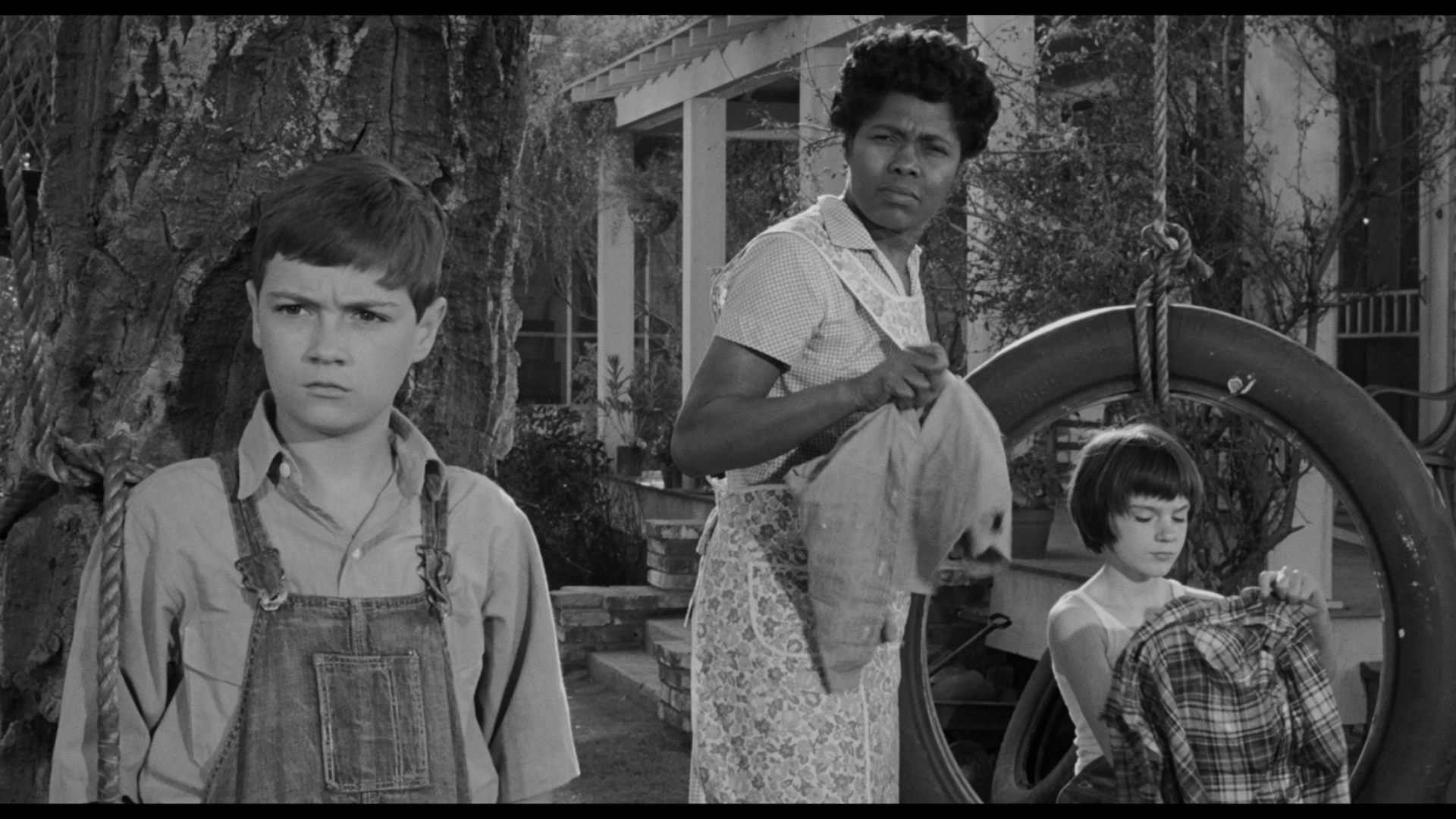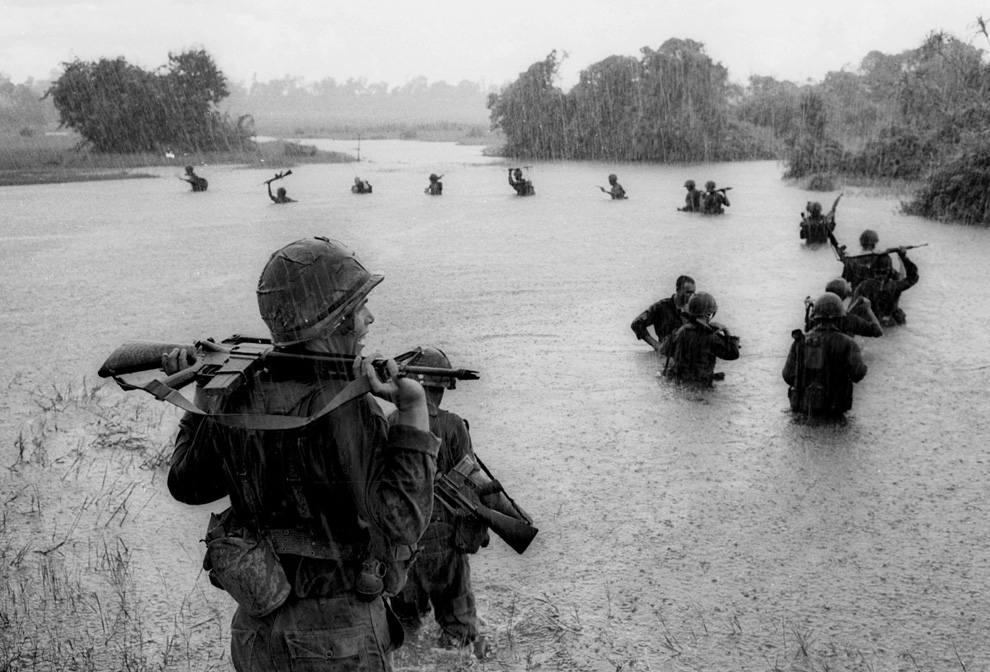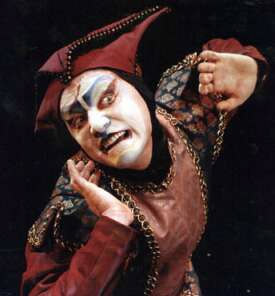Do Now: Correct the following sentence:
we saw dad who was searching everywhere trying to find his tool box unfortunately he did not find them
Classwork:
1. Vocabulary from the poetry handout:
allusion, tone, theme twilight rumpled dingy dumbfounded bewildered array dappled carcinogenic solitude celibate legend
2. Cultural perspectives continued:
"The Legend" by Garret Hongo
The poem is based on a newspaper story that inspired the author.
Focus on the setting, event, and characters.
How is imagery used to establish tone?
How does the reference to the legend of The Weaver Maid and The Herd Boy illuminate the theme of the poem?
Why is the poem a statement about contemporary inner city culture?
Poetry project: Select a newspaper or TV description of a recent event to create your poem that reflects tone and theme.
Homework: Answer all reading questions on this handout. It will be graded tomorrow. Vocabulary quiz on Wednesday!







_001.jpg)






